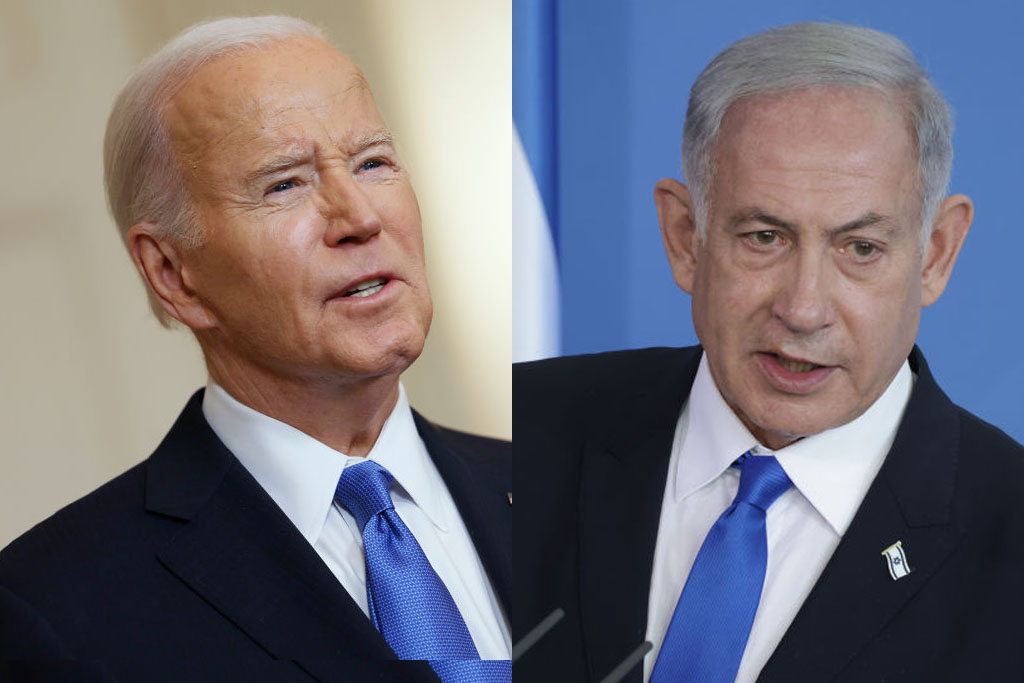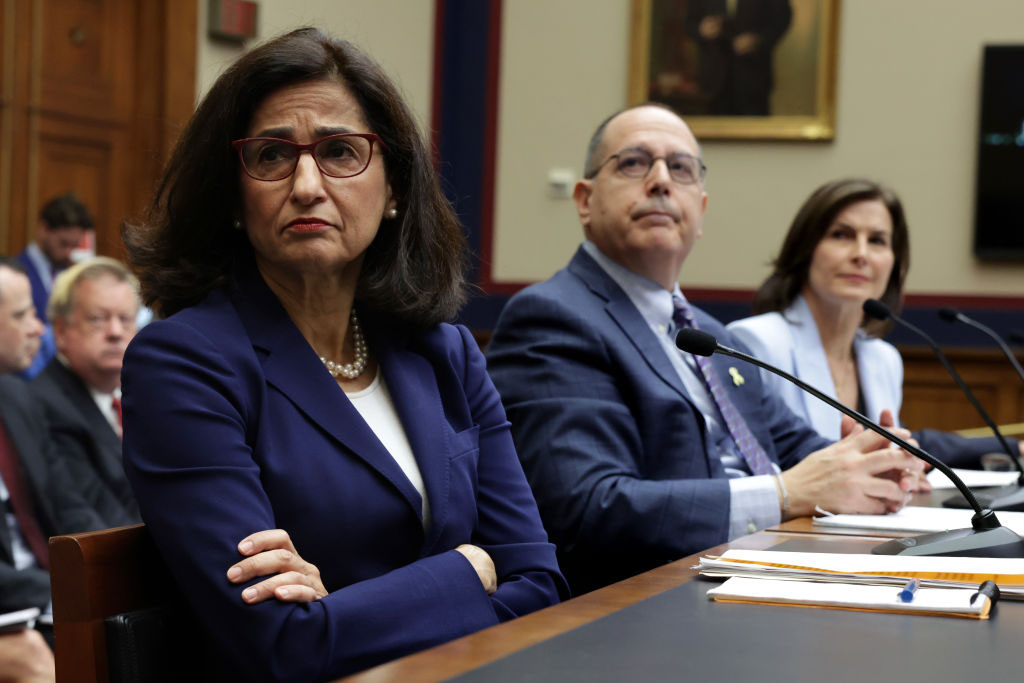The songs of prayer and worship that Eyal Reuveni remembers as a toddler living in Israel seemed like muted background music from a distant time and place.
But these days, the Irvine teen has found a way to reconnect with his heritage. Reuveni, 17, and about a dozen other teens are among a growing number of young faces learning Israeli folk dancing to feel closer to their culture and roots.
“I didn’t think it was for young people my age,” said Reuveni, who was invited by a friend to attend the ongoing classes Wednesdays at the Jewish Community Center in Costa Mesa. Born in Israel, Reuveni moved to the United States at 10. “I’m hearing music in the dances now that I recognized from back in Israel, and I feel can fully enjoy it more. It makes me feel at home.”
Whether it’s feeling an affinity to Israel, a casual and fun way to meet people, a sweaty workout session, or all of the above, the broad popularity of Israeli folk dancing in recent years among Jews and non-Jews of all ages and nationalities is evidence the traditional dance is thriving and enticing new and younger crowds.
“It’s a phenomenon that is big all over the world. In the last 10 years, people from all over the world are living and traveling in Israel,” said instructor Yoni Carr who has taught Israeli folk dancing at the JCC in Orange County since 1984. “So there are influences of Russian steps, the waltz, paso doble, cha cha, Mexican, Italian and Greek steps that choreographers continue to build on.”
“We have so much material now that we can cater to the age and likes of the group,” said the Vista resident, who also teaches in San Diego.
Dancing is historically a vital expression of Jewish culture. Since biblical times, Jews have expressed joy through dance and made it a part of religious, communal and family celebrations. Israeli folk dancing — with its sweeping steps, leaps, twirls, bows and raising of the hands in exaltations — was first brought to Israel by early settlers who toiled the land and harvested the fruits of their labors. So the dance movements reflected those activities.
“The dances are so full of joy and the music is infectious. It’s a very spiritual awakening for me,” said Naomi Cohen of Newport Coast. She started dancing six years ago when her husband was terminally ill. “You may come tired or depressed, but when you’re done you’re invigorated. This took all the pain away for me. To me, the dances have so much optimism, courage and it reflects the spirit of the country and the people of Israel.”
Choreographers say about 4,000 dances exist in a variety of styles, including circle, couple and line dances; traditional and new dances; fast and slow; religious and secular; and graceful and bouncy. Carr leads her beginners with basic moves from classic dances such as “Haroah Haktanah” (“The Little Shepherd”) and “Erev Ba” (“Evening is Coming”).
Carr, who teaches a combination of Yemenite and Israeli folk dance, often explains the importance of the dance moves. Yemenite dance steps, for instance, are not as free and sweeping as Israeli folk dancing. The steps are short but bouncy. The hands and legs are kept closer to the body since Yemenites typically lived in very small houses.
Carr’s expertise in Israeli folk dancing stems from her career as a solo performer during the 1960s for two of Israel’s acclaimed dance companies, namely the Inbal Dance Company and Karmon Israeli Folk Dance Group. Her classes are casual to take the edge off meeting new faces and dancing with strangers.
“It’s a great social atmosphere,” said Reuveni, shuffling in his squeaky sneakers after two months of classes. “I always felt really self-conscious and uncoordinated at the Jewish camp socials. Now, it doesn’t even matter if I’m good or not. It’s just fun.”
Some participants find more than just new dance partners.
“People feel free to express themselves. There are no pretenses,” Carr said. “There’s a lot of spirituality and meaning to Israeli folk dancing, and that’s what connects people together. The songs are in Hebrew and represent love, longing, a prayer, anger, happiness. For the Israelis who understand the words, of course, there’s an emotional connection. And the couples who dance it together feel it. It’s how people meet each other, have romantic dances, fall in love and get married. It happens in my class.”
Carr’s classes began 20 years ago with about 30 participants. Now, about 100 people enroll in hour-long sessions aimed at different skill levels. The dancers are Israelis, Americans, Asians and Latinos who come from as far as San Diego, Los Angeles and Agoura Hills. At $6 a session, many dance until midnight.
Many of the dancers credit the skills and patience of Carr, who moves around the hardwood dance floor with mesmerizing grace.
“We have people who don’t know what Israel is or where it is. But when they come, I explain, and they learn about the Israeli way of life and beliefs,” said Carr, who is grateful she can still share Israeli folk dancing as a dance instructor. “I feel that it’s important to transfer the knowledge I have about our culture and heritage.”
Israeli Folk Dancing is held Wednesdays at 7 p.m. at JCC of Orange County, 250 E. Baker St., Costa Mesa, (714) 755-0340.





















 More news and opinions than at a Shabbat dinner, right in your inbox.
More news and opinions than at a Shabbat dinner, right in your inbox.